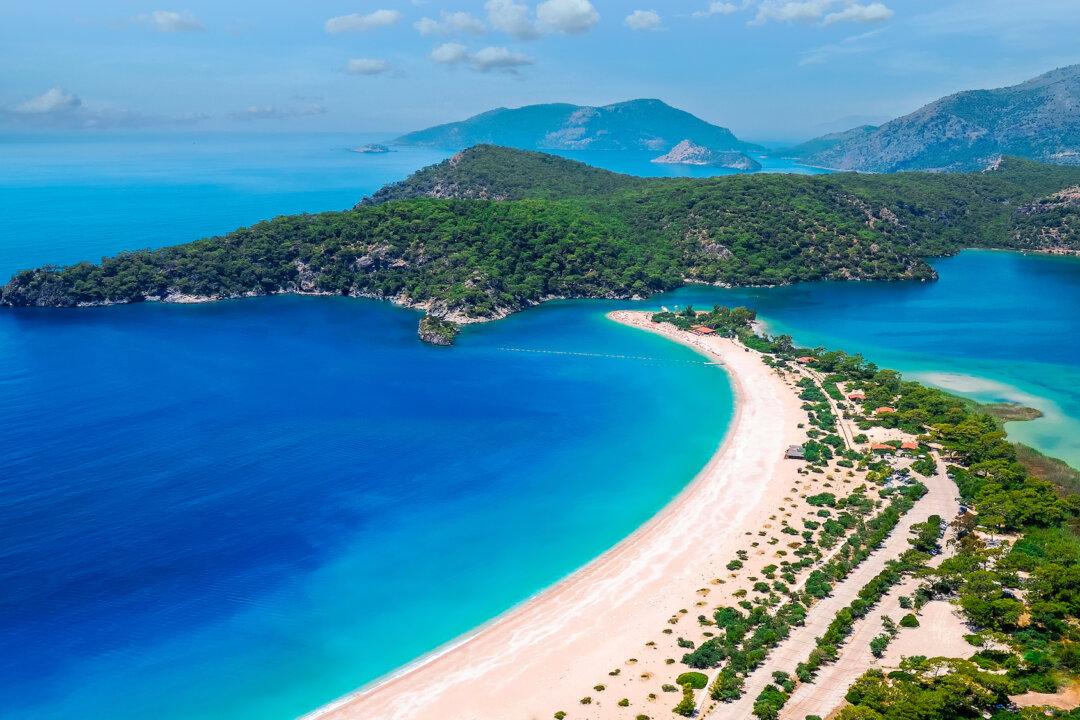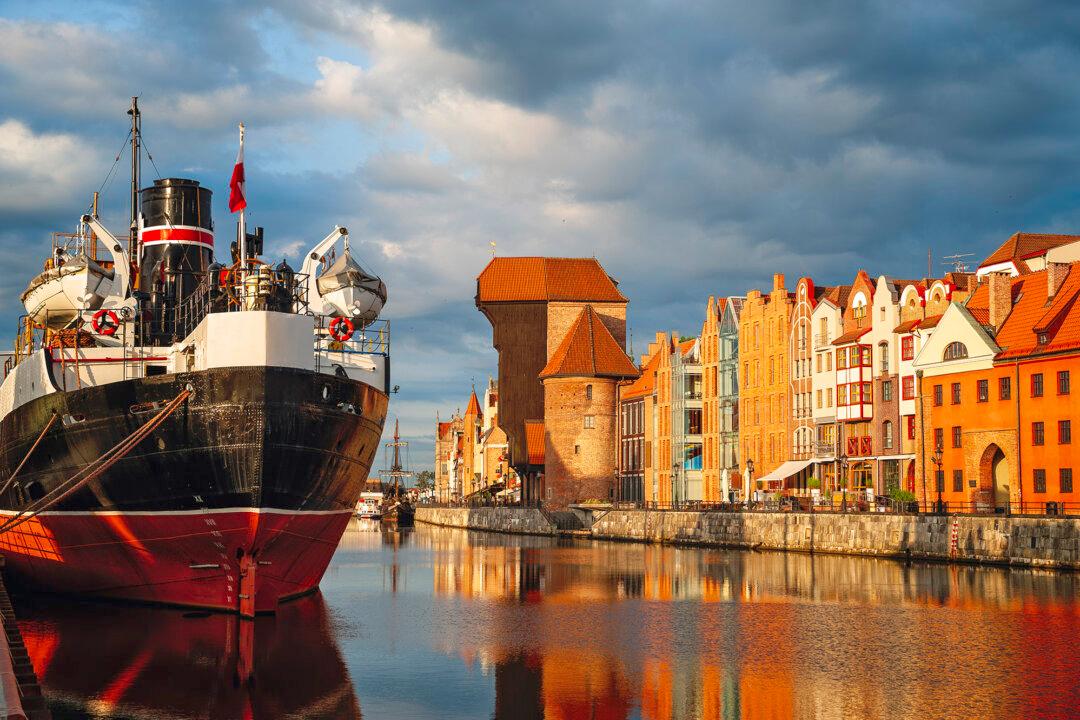At first, I think it’s my imagination—after all, how can the water just glow like that? Sitting on a pirate ship under an almost-full moon, the Aegean below the starboard side seems to sparkle, each ripple producing a new, tiny burst of blue-green wonder.
There’s a scientific explanation, I realize, a phenomenon they call, somewhat clinically, and a little poetically, bioluminescence. But for the moment, it’s just magic. A few of my shipmates let the moment take them all the way down to the water, each stroke of their impromptu swim traced with more of that lovely light.





